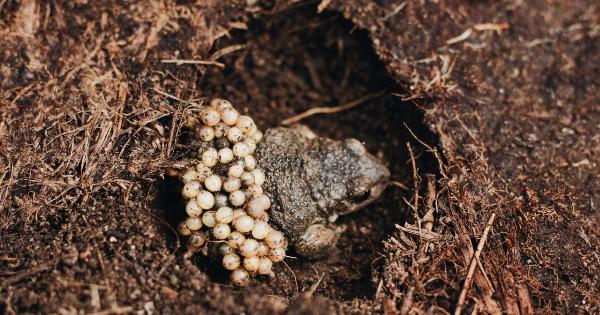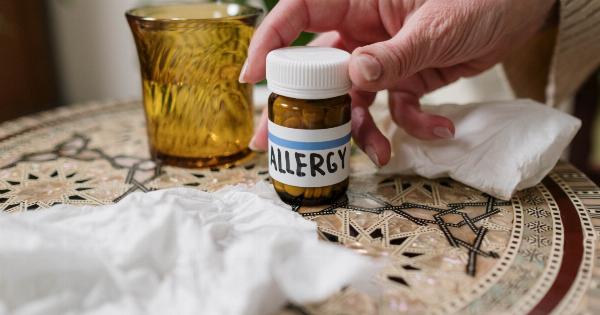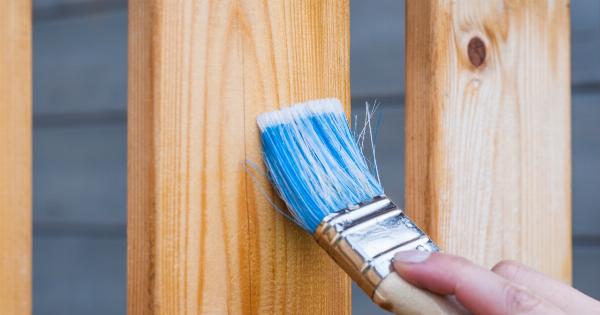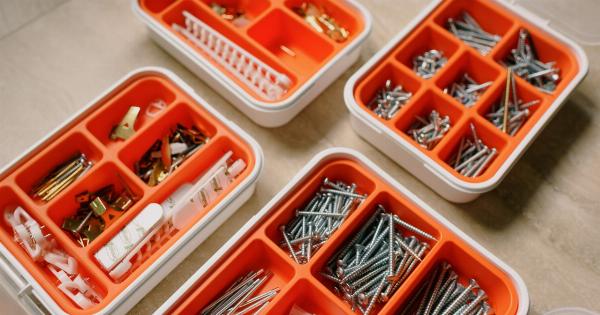As the autumn season rolls in, so do a variety of allergens that can cause discomfort and breathing difficulties for many people. Ragweed, mold, dust mites, and other triggers can make life miserable for those with seasonal allergies.
However, there are several steps you can take to combat autumn allergies and breathe easier. Read on to discover ten effective ways to manage your allergies during this time of the year.
1. Keep Your Home Clean and Dust-Free
One of the key ways to combat autumn allergies is to keep your home environment clean and free from dust and allergens. Regularly dust and vacuum your living space, paying special attention to carpets, rugs, mattresses, and upholstery.
Use a vacuum cleaner with a HEPA filter to effectively trap pollen, mold spores, and dust.
2. Control Indoor Humidity
Maintaining optimal indoor humidity levels can help reduce the growth of mold and dust mites, which are common triggers for autumn allergies. Use a dehumidifier to keep humidity levels between 30-50%.
Additionally, consider using an air conditioner to filter and cool the air, as it can help remove allergens from the indoor environment.
3. Keep Windows Closed
While it may be tempting to let fresh air in during the autumn season, it’s important to keep your windows closed to prevent allergens from entering your home. Use air conditioning or fans to circulate the air instead.
If you need to open windows, try to do so during times when pollen counts are lower, such as in the evening or after rain.
4. Use High-Quality Air Filters
Invest in high-quality air filters for your HVAC system to trap airborne allergens effectively. Look for filters with a high MERV (Minimum Efficiency Reporting Value) rating to ensure optimal filtration.
Change the filters regularly as per the manufacturer’s instructions for maximum effectiveness.
5. Practice Regular Allergy-Proof Cleaning
In addition to routine cleaning, it’s essential to adopt specific allergy-proof cleaning practices. Use a damp cloth to wipe surfaces, as it helps to capture and remove allergens more effectively than dry dusting.
Avoid using feather dusters and dry brooms, as they can cause allergens to become airborne and worsen your symptoms.
6. Wash Bedding Frequently
Dust mites can accumulate in bedding and trigger allergies. Wash your sheets, pillowcases, and blankets regularly in hot water to kill dust mites and remove allergens.
Additionally, consider using allergenic mattress and pillow covers to create a barrier between you and potential allergens while you sleep.
7. Minimize Outdoor Activities
When allergen levels are high, it’s advisable to reduce your time spent outdoors, especially during early mornings and windy days. If you must go outside, consider wearing a hat and sunglasses to protect your face from allergens.
Shower and change your clothes after coming indoors to get rid of any allergens that may have attached to your hair or clothing.
8. Rinse Your Sinuses
Rinsing your sinuses with saline solution can help alleviate nasal congestion and reduce allergy symptoms. Use a neti pot or a squeeze bottle specifically designed for nasal irrigation.
It’s important to use distilled or sterile water to avoid introducing any harmful bacteria into your sinuses.
9. Monitor Pollen Levels
Keep track of local pollen forecasts to gauge the levels of allergens in the air. Limit your outdoor activities on days when pollen counts are high.
Many weather websites and apps provide pollen forecasts based on your location, enabling you to plan ahead and minimize exposure to allergens.
10. Consult an Allergist
If your autumn allergies are severe or significantly impacting your daily life, it may be beneficial to consult an allergist. An allergist can help identify your specific triggers through allergy testing and recommend appropriate treatment options.
They may suggest allergen immunotherapy or prescribe medications to alleviate your symptoms effectively.































